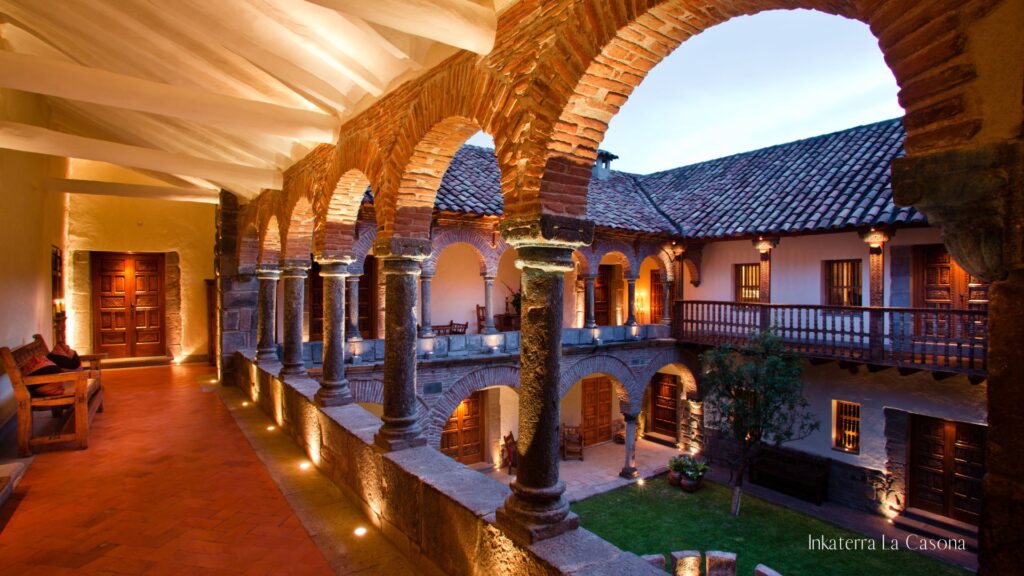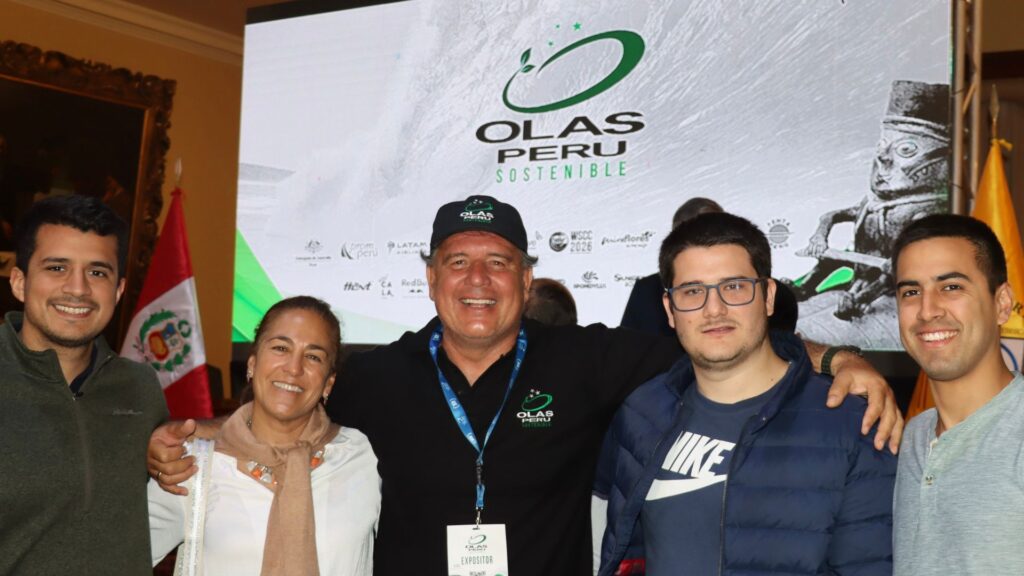The New Face of Luxury: How Inkaterra and the Koechlin Legacy Are Redefining Travel in South America
When Condé Nast Traveller unveiled its list of the Best Hotels in South America 2025, one truth became undeniable: the future of travel is already taking shape in Peru. Out of the twenty hotels featured, five belong to the Koechlin family’s collection — Inkaterra La Casona, Inkaterra Machu Picchu Pueblo Hotel, Titilaka, Cirqa, and Pukio. This is more than recognition; it’s a revelation. It confirms what discerning travelers and sustainability experts have been saying for years: authenticity, purpose, and humility are the new pillars of luxury. A Legacy Rooted in Simplicity and Soul For nearly five decades, José Koechlin and his family have built not just hotels, but sanctuaries of meaning. The philosophy has always been deceptively simple — celebrate nature, empower local communities, and preserve cultural heritage. Yet within that simplicity lies a mastery that no marketing campaign can manufacture: genuine care, quiet excellence, and an unwavering vocation to serve both people and planet. Each property tells a story: The World Is Listening — and Learning In an era when travelers are turning away from excess, these hotels remind us that true hospitality begins with humility. The Koechlin family’s approach reflects a quiet revolution: sustainability not as an obligation, but as a natural extension of respect — for place, for people, for the passage of time. This recognition by Condé Nast Traveller is not only a triumph for the family, but for Latin America. It signals that our region’s authenticity is no longer a niche attraction — it’s the global benchmark. A Call to Conscious Travelers To those seeking experiences that heal rather than consume, Peru stands as an open invitation. Visit not just to see, but to learn — how tourism can restore, how communities can thrive, and how simplicity can once again feel extraordinary. Because in a world that celebrates noise, these places whisper what truly matters: Love for nature. Respect for culture. A sense of belonging. At Green Initiative, we celebrate the Koechlin family and the entire Inkaterra team for reminding us that sustainability and elegance are not opposites — they are, in fact, inseparable. Their success redefines what it means to be climate and nature positive: not through promises, but through practice — in every smile, every garden, every carefully restored stone. Read the full list of winners at Condé Nast Traveller, and discover how Inkaterra continues to inspire the world’s transition toward a more conscious, regenerative way of travel. This article was written by Yves Hemelryck from the Green Initiative Team. Related Reading


